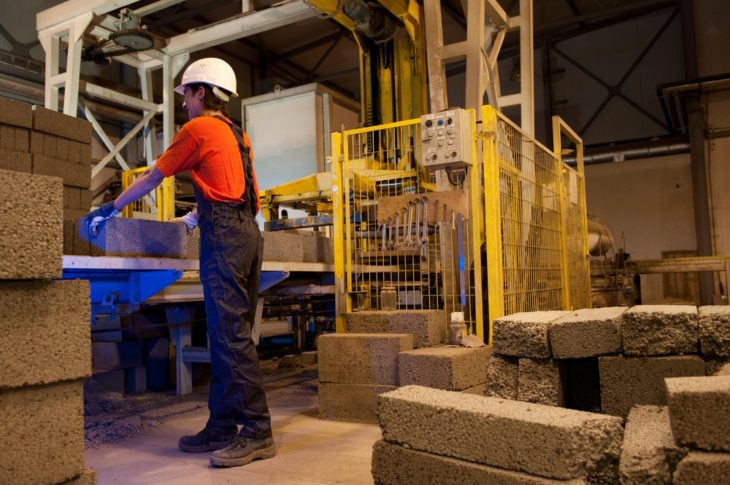Creating a safe workplace relies on teamwork. The more employees are engaged with an organisation's safety processes, the better its overall performance will be.
The difficulty lies in getting employees interested in the details, no matter how minor or mundane they may seem. This includes everything from big picture safety initiatives, to simple processes like hazard identification. Whether it's a chemical spill or box that isn't quite stacked properly on a high shelf, employees have to have clear processes for marking the hazards and alerting other staff. However, the most important thing to remember about hazard identification is that it's not something that happens once.
The importance of ongoing hazard identification in the workplace
According to a study published by Western Sydney University, "hazard identification, assessment and control is an ongoing process". As well as being conducted in the wake of incidents or as new equipment and processes are introduced to the workplace, it should happen regularly.
CREATE A SAFETY CULTURE SafeWork NSW https://t.co/LIaLOQED8Z
— Barringtons (@get_protected) April 21, 2017
The idea is that it is part of an active approach to risk management. Instead of waiting for things to wrong and then reviewing the outcomes, employees use their initiative to spot risks and hazards ahead of time, allowing managers and other team members to adapt behaviours and processes as they see fit.
How to get employees to report hazards
For hazard identification to be at its most effective, employees have to want to report any issues they see, not just feel obligated to do so. While forcing employees to take a more cautious stance will be effective to some degree, studies have found that they're even more influential when they're engaged with the process. This means employers need to work hard to create a strong safety culture for employees to connect with.

An article from Insync Surveys compiled some of the most revealing stats on the subject, For example, a study published by Gallup found that the top 25 per cent of highest performing business units in a company have approximately 50 per cent fewer incidents than the lowest quarter.
More importantly, engaged employees show a much higher degree of initiative than others, making them more likely to spot hazards and go the extra mile to stay safe. Another report also stated that safety was as much about attitude as it was about environmental conditions, as unsafe behaviour was responsible for up to 70 per cent of all incidents, according to one study.
In our experience, empowering employees relies on giving them the right tools. A compliance system like Smartek that's designed to make recording incidents easy ensures there's a regular process for hazard identification that any employee or contractor can follow.
If you're interested in finding new ways to engage your staff in workplace compliance matters, get in touch with Smartek to see how a technology solution can make a difference








